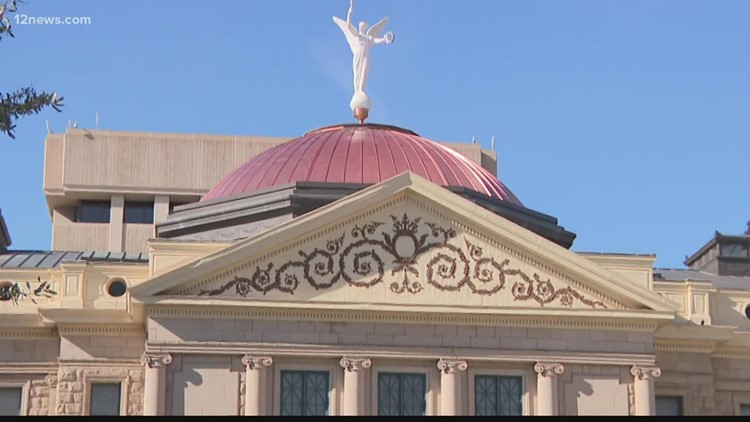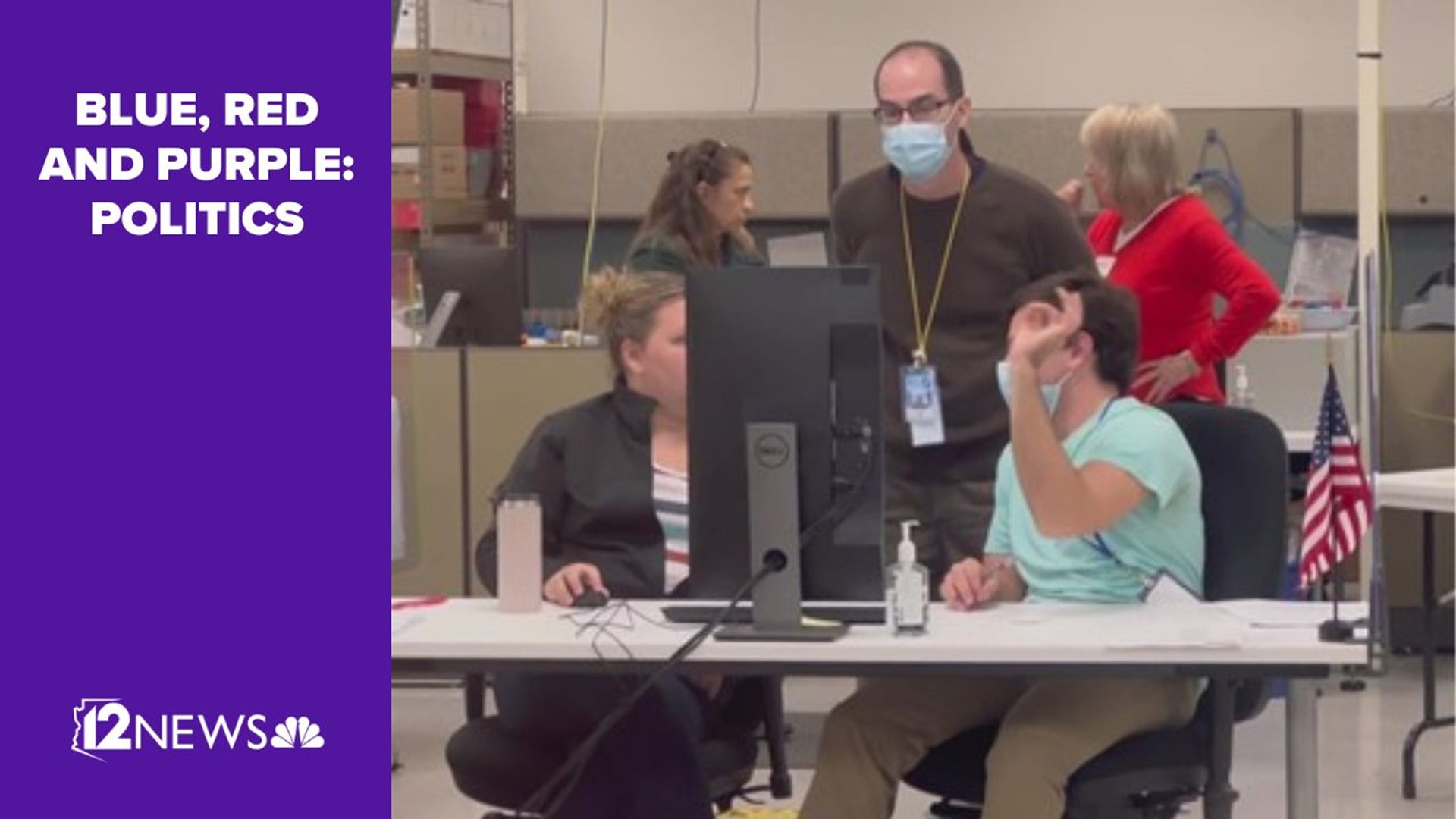PHOENIX — Arizona governors seem to have a habit of vacating office before their term is done.
Whether they leave voluntarily or are forced out through an impeachment, the Grand Canyon state's top elected official has had a rough time reaching the end of their eight-year tenure.
Since the 1970s, five Arizona governors have prematurely departed office, resulting in the state's secretary of state having to assume the executive position.
Gov. Doug Ducey even noted earlier this year at his State of the State address that he was the first Arizona governor in 36 years to deliver an eighth address.
But Arizona's line of succession may soon change if voters approve a proposition on the ballot this election year.
Proposition 131 would amend the Arizona Constitution by creating a "lieutenant governor" position, which would essentially replace the secretary of state as being first in line to succeed the governor.
Whomever is running for governor gets to pick their lieutenant during the election and the two would be elected together on the same ticket. The governor then decides whether the lieutenant would serve as their chief of staff, director of the Arizona Department of Administration, or another executive position.
Perhaps the biggest perk of Prop. 131 is ensuring consistency when the executive office must abruptly change hands. Since the governor picks the lieutenant, then their political party would get to hold onto the office until the next election.
For example, if Republican Doug Ducey had to suddenly resign before the end of this year, then Democrat Katie Hobbs would be sworn in to finish Ducey's term.
This scenario has played out twice in Arizona, resulting in the opposing party seizing control of the governor's office.
Arizona is currently one of only five U.S. states to not have a lieutenant governor. Several states elect the lieutenant separately from their governor, while others elect the two positions on the same ticket.
Why has Arizona resisted having a lieutenant governor?
Voters in Arizona have previously twice rejected the chance to create a lieutenant governor role.
In 1994, a proposition that would have created the position failed by 15 percentage points.
A similar proposition put on the ballot of the 2010 election was also defeated by voters. Opponents to the 2010 proposal felt the initiative's language prevented independents from running for governor or lieutenant governor, according to the Arizona Daily Star.
The 2010 election was the same year that Jan Brewer, who had been dubbed by some as an "accidental governor" after she succeeded Janet Napolitano in 2009, successfully won a second term in the governor's office. So it's possible Brewer's supporters didn't like the idea of eliminating the process that allowed Brewer to be governor in the first place.
Why are Arizonans voting on this again?
Prop. 131 was placed on the 2022 ballot after the Arizona Legislature passed a measure that gives voters another chance to change the state's line of succession.
According to the Legislature's website, 472 people were listed as being opposed to the measure and 44 people were listed as supporters.
Lawmakers who support Prop. 131 say this version of the proposal is simpler than previous propositions and more in line with how other states elect lieutenant governors.
"The 'ticket' model is familiar to people and employed by most states. It would create better continuity and predictability within our government, providing voters greater confidence when selecting an administration," state Senators J.D. Mesnard and Sean Bowie wrote in a joint statement of support for the ballot initiative.
If Prop. 131 passes this year, then its changes would not take effect until the 2026 election.
DECISION 2022
Arizonans will go to the polls this November for the midterm elections. Here's everything you need to know leading up to election night.



